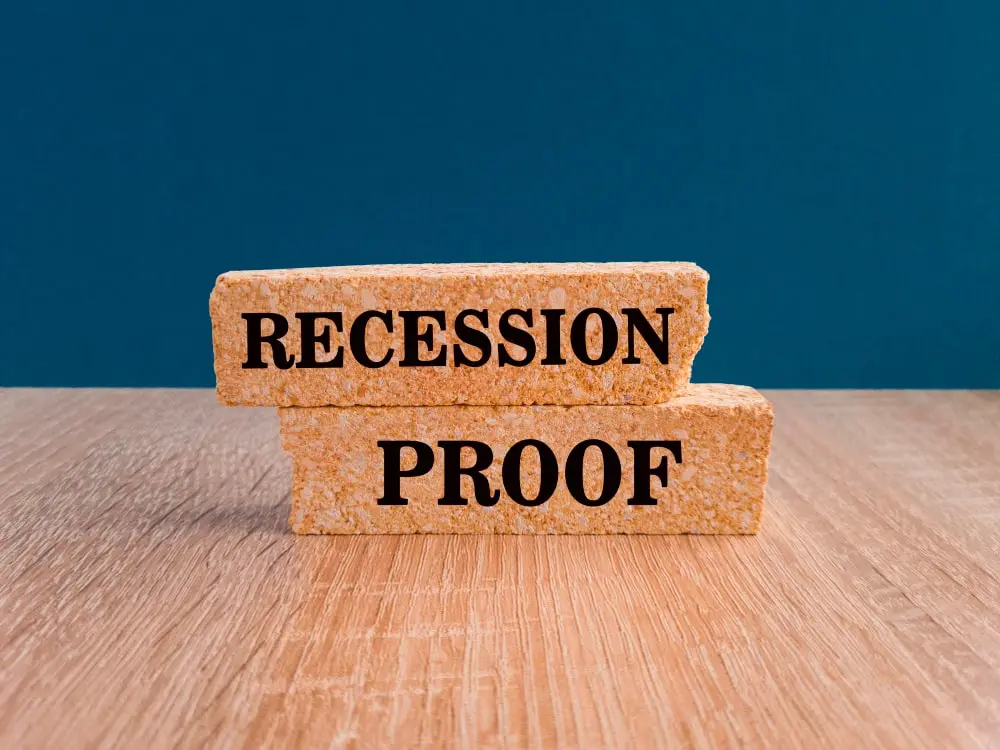Table of Contents
ToggleReal estate debt funds have become very popular among investors who are interested in stable returns and seeking portfolio diversification to consider. Although such an investment asset involves various risks, risk management strategies should be implemented based on a detailed understanding of these threats.
After the global financial crisis (GFC), traditional financing sources dried up due to a combination of tighter regulations and falling real estate values. This led to the rise in the popularity of real estate debt finances. The expansion from real estate to real estate debt has happened more naturally than the move from private debt to real estate debt. The appeal of US real estate debt investments or finances is inarguable as compared to direct equity investments, they give a certain position of security and the possibility of excellent returns. Let’s dive deep into the interesting world of US real estate debt finances, furnishing you with the knowledge to minimize pitfalls and maximize returns.
Key Risks in Real Estate Debt Funds
Understanding the specific traits and difficulties that come with real estate debt funds is an important step to take before delving into risk management strategies. Among the key factors that can make real estate markets volatile are the economic conditions, supply and demand interactions, as well as political issues. Borrowing costs, property valuations, and overall investment performance are some of the aspects that change due to interest rates affecting them. Various credit risks may cause defaults and potential losses, including borrowers’ reliability and the quality of collateralized assets. The regulatory environment is not stable in real estate lending and investments due to changes in the law that sometimes create uncertainty, especially affecting fund operations. Investing in real estate is almost always characterized by low liquidity, which does not allow leaving positions rapidly without serious efforts, especially during market stresses.
Mitigating Risks in US Real Estate Debt Funds
1. Diversification
It is one of the core ideas of risk management. We have often heard the saying, “Don’t put all your eggs in one basket”, so one way for investors to lessen their exposure to any one risk is to spread their investments among a variety of properties, geographies, and asset classes. Diversification lessens the effects of both particular property-related problems and market swings. In this regard, diversification can mitigate sector-specific risks since different property sectors respond differently under varying economic conditions within the real estate market. For instance, residential properties may be less affected by bankruptcy compared to commercial or industrial properties. By diversifying, investors can reduce the risks of specific projects and ensure a balance of risk and return. Moreover, such diversification would also aid in reducing systemic risks that could affect entire real estate markets. In other words, by investing in different assets, sectors, and locations, investors can limit exposure to system-wide shocks such as financial crises or downturns in the market.
2. Stress Testing
Stress tests may be employed by real estate debt funds to determine their capacity to withstand unexpected eventualities. The investor can test their tolerance for the volatility of the fund and adapt their choices following a set of models ranging from various market scenarios, interest rate movements, and economic declines. It is observed that when cash flow is not sufficient to cover the costs of servicing the debt, borrowers default on their loans.
Stress testing allows investors to measure downside risks coming with real estate loan investments. It does this by examining key performance indicators such as loan defaults, property values, and cash flows concerning adverse scenarios’ impact. The purpose of such an approach is to help investors determine how big their prospective losses may be and then adapt their investment strategies.
3. Due Diligence
Before investing in any real estate debt fund, careful research is essential. This entails looking at the track record of the fund manager, examining the underlying assets, gauging the state of the market, analyzing the risk management tactics of the fund, and also understanding the loan-to-value (LTV) ratios, loan structures, and occupancy rates of the properties financed. This also includes assessing fund manager’s experience in managing similar funds, track record of successful investments, and their ability to navigate challenging market conditions. A proven track record instills confidence in investors and serves as an indicator of the manager’s ability to mitigate risks effectively.
4. Conservative Underwriting
To reduce credit risks in real estate debt funds, conservative underwriting techniques are needed. This entails evaluating borrowers’ creditworthiness in-depth, making sure there is sufficient collateral coverage, and keeping careful loan-to-value ratios. LTV ratio represents the percentage of property value that is financed through debt. The fund’s capital is preserved and default risks are reduced with the use of conservative underwriting.
5. Liquidity Considerations
Select funds that fit your investment horizon and risk tolerance by looking for provisions about liquidity and suitable redemption periods. However, various real estate debt funds enable their investors to redeem their shares periodically. This redemption aspect offers investors some liquidity i.e., a way of accessing the amounts that they have invested at fixed periods. Apart from these options, those who invest in these debts can also explore the secondary market for fund shares. The secondary market transactions are not as liquid as the primary market but offer an opportunity for investors to buy or sell fund shares rather than going through the fund’s redemption process. Involvement in this sort of business calls for much thought which should encompass pricing issues, liquidity, and counterparty risk among others.
Maximizing Returns in US Real Estate Debt Funds
While risk mitigation is crucial, you may maximize the return on your investment by using the following strategic approach:
- Optimizing Leverage: Leverage can boost profits, but it also raises the danger. Based on current market conditions, interest rates, and the fund’s risk tolerance, investors should carefully examine how much leverage is suitable. To increase assured returns without jeopardizing the stability of the fund, leverage might be strategically used.
- Active Asset Management: Returns can be increased and a new value can be unlocked by using proactive asset management techniques like remodeling, moving, or improving property performance. Fund managers can protect themselves from possible dangers and take advantage of market opportunities by actively managing the underlying assets.
- Exit Strategies: For real estate debt funds to maximize returns, exit plans must be well specified. Refinancing, asset sales, debt restructuring, or other exit strategies can maximize returns and reduce downside risks. Investors ought to evaluate their exit strategies early on and modify them as the market changes.
- Leverage expert advice: Seeking advice never goes out of style! So, speak with real estate debt fund specialists for assistance in making your selections. They can point you in the direction of appropriate investments depending on your risk tolerance and personal objectives. Also, look for funds managed by trustworthy, seasoned professionals who have a proven track record of navigating market cycles and producing steady returns.
- Tax Optimisation: When it comes to investments, it’s prudent to arrange your portfolio in a manner that allows you to maximize your post-tax returns. One such approach could be utilizing tax-deferred investment tools such as Real Estate Investment Trusts (REITs) along with various tax credits and incentives available on real estate investments. Successful tax optimization strategies may profoundly impact the outcome of returns by minimizing your tax burden, which would result in increased cash flows.
Conclusion
Investors can successfully navigate the intricacies of the real estate loan market and accomplish their financial goals by finding the ideal balance between risk and reward. Remember, careful due diligence, informed decision-making, and seeking expert advice are crucial things to be taken care of while exploring the awarding investment opportunity.
And if you require professional advice in selecting the right fund for your objectives, you can contact us today and build long-term financial stability through strategic real estate investment solutions.





